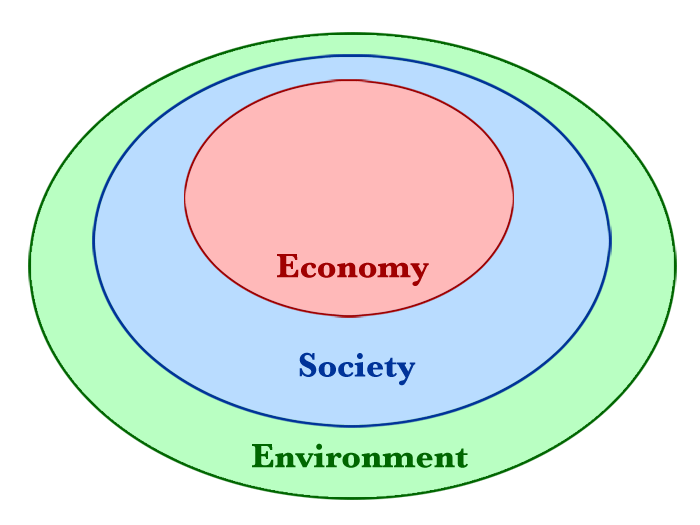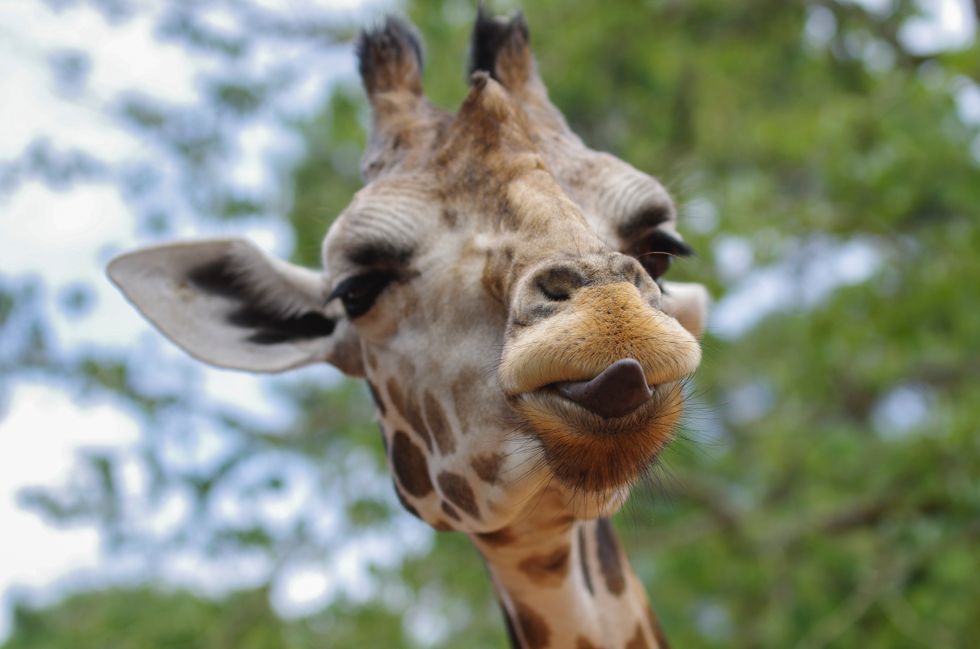The Limpkin, The Only Bird Of Its Kind
The Limpkin resembles cranes and ibises but it is unique and in a group all by itself.
Florida is a land of water, covered in lakes, swamps, bays, and bayous. It's no surprise that there are many species of wading birds to be found in these waters. Many species are not found elsewhere in the United States, one of those species is a wading bird called a Limpkin or "Aramus guarauna."
Before moving to Florida, I didn't know this bird existed. The bird looks similar to herons, cranes, and ibises, but it's the only member of its family and is distinctly different from other similar species. Its coloring reminds me of juveniles of other species like the ibis. It is brown with lines of white speckles beginning on its lower back and traveling all the way to its head, becoming denser along the way. It's a beautiful pattern.
I commonly see one of these birds at the large lake near my house. Its always near the water and will casually walk from one wading spot to the next. Besides its distinct marking, its call also sets this bird apart. Always foraging alone, as it walks from one spot to the next it stops and makes loud, distinct gargling calls, resembling the calls of sandhill cranes. The call carries through the park, you can't miss it and will know there is a limpkin nearby as soon as you hear it. It will often repeat its call multiple times in a row before continuing to feed.
Limpkins have a slightly curved beak that also curves to the right at the tip, making them perfectly adapted to hunting their favorite invertebrate, apple snails. Apple snails are very large snails growing as big around as the palm of your hand. Their shells are dark green colored, and the snails live on the muddy, marshy edges of the lake. You can often see where a limpkin has been because it will leave the shore littered with empty snail shells. At first, I didn't know what had been eating all the snails; I saw so many empty shells, well now I know it was the limpkin who eats invertebrates rather than fish.
Sometimes the limpkin is hard to spot when it is foraging. It blends in well with marsh grasses growing along the lake's edge. When I see the bird, it's always a delight, and I look forward to hearing its loud gurgling calls.
As I think about the limpkin, I feel honored that it has graced Florida's waters, but it also makes me realize how valuable Florida's wetlands are to the many bird species, including the limpkin that calls this place home and depend upon it for their source of food and a safe place to call their home. It's important we protect and care for these waters and preserve Florida's natural wetlands. I appreciate the many state and county parks that make an effort to do this, and I hope to see this continue in the future. Even little species like apple snails need to be protected so the birds that depend on them as a source of food can thrive.
































